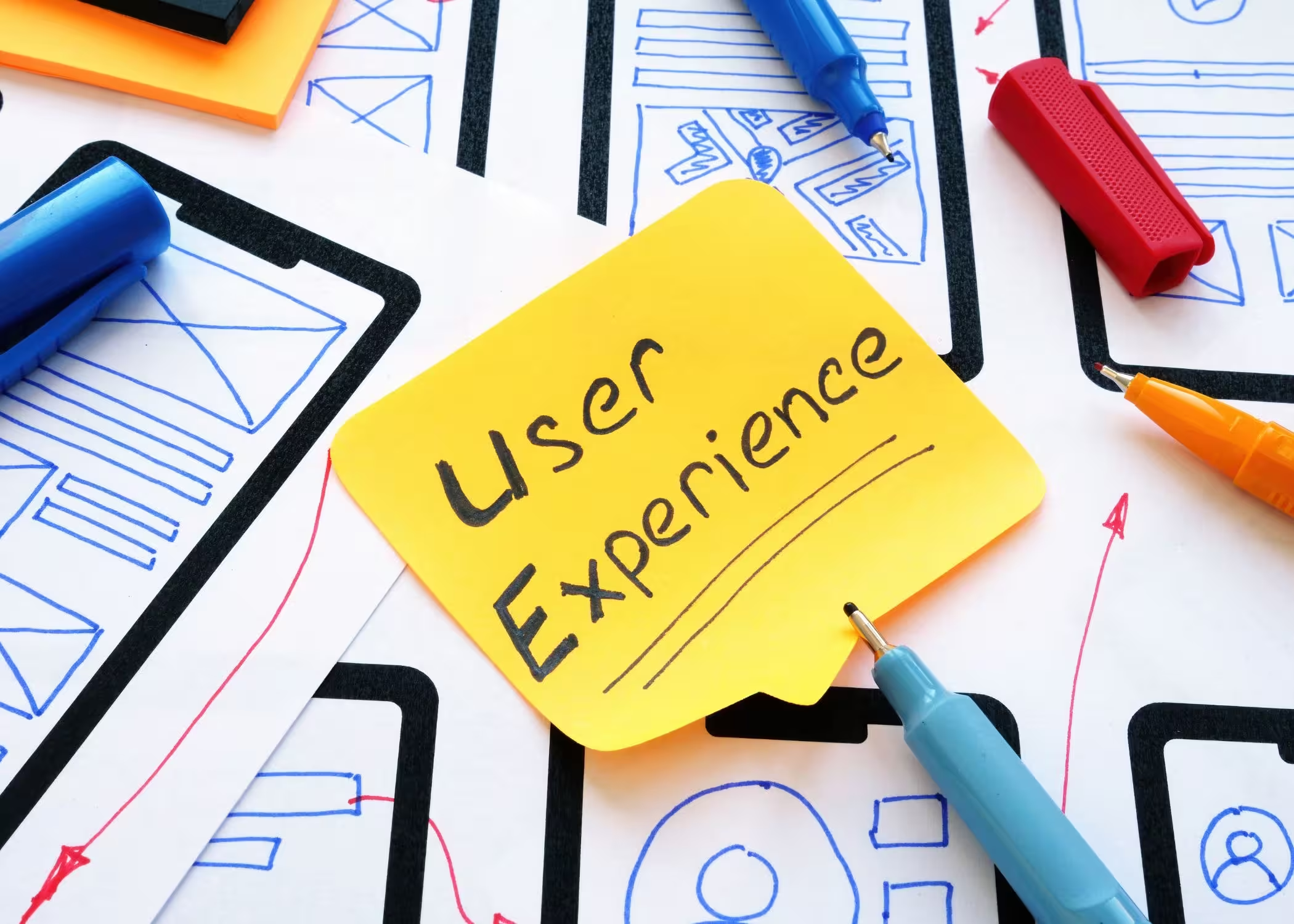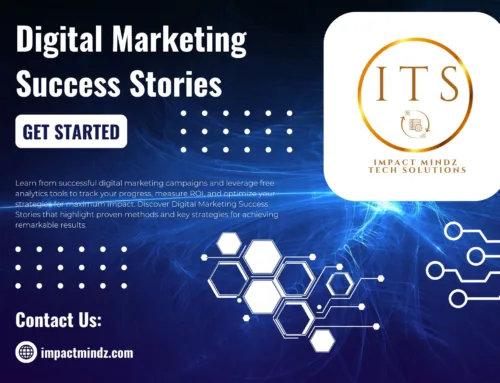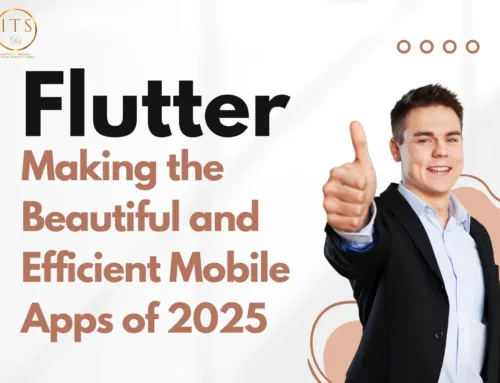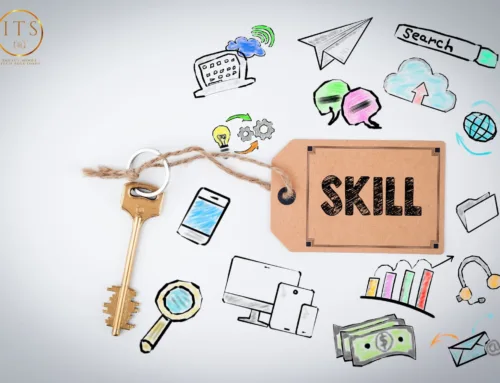In this comprehensive guide, we’ll dive deep into the world of UX design, exploring its core principles, its impact on e-commerce success, and how you can leverage it to emitter your online store to reach new heights.
Demystifying UX Design: What it is and Why it Matters
UX design, short for User Experience Design, focuses on creating interfaces that prioritize usability, accessibility, and information architecture. It encompasses everything from the overall layout and visual design of a website or app to the way users interact with elements like buttons, menus, and search bars.
Here’s what sets UX design apart:
User-Centered Approach: Unlike traditional web design that might prioritize aesthetics first, UX design puts the user at the center. Through research and testing, UX designers understand user needs, behaviors, and pain points to create an experience that caters to them.
Holistic Experience: A well-designed user experience goes beyond the visual interface. It encompasses the entire user journey, from the moment a user lands on your website or opens your app to the point of completing an action, whether it’s making a purchase, subscribing to a newsletter, or obtaining information.
Focus on Usability: A website or app can be visually stunning, but if it’s difficult to navigate or complete tasks on, it’s ultimately a failure. UX design prioritizes usability, ensuring users can find what they’re looking for quickly and intuitively.
Accessibility for All: A crucial aspect of UX design is accessibility. This means ensuring your website or app is usable by everyone, regardless of their abilities. This includes considerations for people with visual impairments, hearing impairments, and cognitive disabilities.

The E-commerce Landscape: Why UX Design is the Secret Weapon
In the age of online shopping, where competition is fierce and consumer attention spans are short, a seamless user experience can be the difference between success and failure.
Here’s how UX design empowers your e-commerce store:
Boosts Conversions: A user-friendly website or app with clear navigation and a smooth checkout process encourages visitors to convert into paying customers. Complex checkout processes, hidden costs, and confusing product information are all (UX) design sins that can lead to abandoned carts.
Enhances Brand Loyalty: When users have a positive experience on your website, they’re more likely to return for future purchases. A well-designed user experience fosters brand loyalty by creating trust and a sense of ease.
Improves Search Engine Optimization (SEO): Websites with a focus on usability and user engagement tend to rank higher in search results. Search engines like Google favor websites that are easy for users to navigate and find information on. By implementing best practices in (UX) design, you can improve your website’s SEO performance organically.
Reduces Customer Support Costs: A website that is intuitive and easy to navigate will require less customer support. By anticipating user needs and designing accordingly, you can reduce the number of inquiries and troubleshooting requests your customer support team receives.
The Three Pillars of Effective UX Design for E-commerce
Now that you understand the importance of UX design, let’s explore the three core pillars on which it rests:
- User Research: Before any design work begins, thorough user research is essential. This involves understanding your target audience, their online shopping habits, and the pain points they encounter. Common research methods include user interviews, surveys, usability testing, and competitor analysis.
- Information Architecture: Information architecture (IA) is the art of organizing and structuring content in a clear and logical way. A well-defined IA ensures users can easily find the information they need, navigate between different product categories, and complete tasks efficiently. Think of it like the organization system in a library – a well-structured IA will guide users to the right book (or product) effortlessly.
- User Interface (UI) Design: This is the visual layer of the user experience, encompassing the overall look and feel of your website or app. While aesthetics are important, good UI design ensures that all the visual elements, such as buttons, menus, icons, and product images, are clear, consistent, and easy to understand. It also prioritizes intuitive interactions and visual hierarchy to guide users through the desired actions.

Taking UX Design to the Next Level: Advanced Strategies
While the three pillars above provide a solid foundation, several advanced strategies can further optimize your e-commerce UX design:
- Personalization: Personalization allows you to tailor the user experience to individual needs and preferences. This can involve showcasing relevant product recommendations based on past browsing behavior, suggesting complementary items, or providing personalized search results.
- Micro interactions: Micro interactions are subtle design elements that provide users with feedback on their actions. These can include animations, sounds, or changes in visual elements to confirm successful actions or guide users through a process.
- Mobile-First Approach: With the ever-increasing use of smartphones and tablets for online shopping, a mobile-first approach to UX design is crucial. Your website or app should be optimized for smaller screens, ensuring a seamless user experience regardless of the device used.
- Accessibility Best Practices: As mentioned earlier, accessibility is a key aspect of (UX) design. This involves incorporating features like alt text for images, keyboard navigation, and screen reader compatibility to ensure everyone can access and use your website or app.
The Art of Iteration: Continuously Improving Your (UX) Design
UX design is not a one-time project. It’s an ongoing process of research, testing, and iteration.
Here’s how to continuously refine your UX design for maximum impact:
- A/B Testing: A/B testing allows you to compare different versions of your website or app elements and see which ones perform better with users. This can involve testing different layouts, calls to action, product page designs, and checkout processes.
- Usability Testing: Usability testing involves observing real users interacting with your website or app. Watching how users navigate, complete tasks, and react to different elements can reveal valuable insights into potential pain points and areas for improvement.
- Analytics Tracking: Website analytics tools can provide valuable data on user behavior, such as click-through rates, time spent on different pages, and conversion rates. By analyzing this data, you can identify areas where users are struggling and make data-driven decisions to improve the overall user experience.
Where to Learn UX Design for Free?
Intrigued by the power of UX design and eager to learn more? The good news is, a formal degree isn’t required to get started. There are numerous free resources available online to equip you with the fundamentals of UX design.
Here are some starting points:
- Massive Open Online Courses (MOOCs): Platforms like Coursera, edX, and Udacity offer free introductory courses on UX design principles, user research methods, and UI design best practices.
- Online Tutorials and Articles: Many design blogs and websites offer in-depth tutorials and articles on various aspects of UX design. These resources can provide valuable insights and practical tips for beginners.
- Books and E-books: There are numerous books and e-books available online that delve into the theory and practice of UX design. Libraries often have a good selection of UX design books you can borrow for free.
- Online Communities: Joining online communities and forums dedicated to UX design can be a great way to connect with other learners and professionals. You can ask questions, share ideas, and gain valuable insights from experienced individuals.

Impact Mindz Tech Solutions: Your Partners in (UX) Design Success
At Impact Mindz Tech Solutions, we understand the transformative power of (UX) design. Our team of skilled professionals is passionate about crafting user experiences that not only look great but also drive results.
We offer comprehensive UX design services tailored to your specific e-commerce needs, including:
- User Research and Persona Development: We conduct thorough user research to understand your target audience and develop detailed buyer personas.
- Information Architecture & Navigation Design: We create a clear and logical information architecture that ensures users can easily find what they’re looking for.
- Wireframing & Prototyping: We create low-fidelity wireframes and high-fidelity prototypes to test and refine user flows before development begins.
- UI Design & Visual Identity: We design a user interface that is visually appealing, user-friendly, and aligns with your brand identity.
- Usability Testing & Iteration: We conduct usability testing with real users to identify any issues and continuously iterate on the design for optimal user experience.
The Power of User Experience: Real-world Examples and Case Studies
Understanding the theoretical aspects of UX design is essential, but seeing it in action can be even more impactful.
Here are some real-world examples and case studies that showcase the power of UX design in e-commerce:
Case Study 1: Streamlining the Checkout Process for Increased Conversions
Challenge: A leading online clothing retailer faced a high cart abandonment rate during checkout. The checkout process was complex, requiring users to create an account and fill out multiple forms before completing their purchase.
UX Design Solution: The UX team redesigned the checkout process, allowing users to checkout as guests without creating an account. They also simplified the form fields and implemented a progress bar to show users how close they were to completing the purchase.
Result: The redesigned checkout process resulted in a significant increase in conversion rates, with fewer abandoned carts and more completed purchases.
Case Study 2: Personalization Boosts Customer Engagement
Challenge: An online bookstore struggled to engage users and drive repeat purchases. Customers found it difficult to discover new books that they might be interested in.
UX Design Solution: The UX team implemented a personalized recommendation engine that suggested books to users based on their past browsing behavior and purchase history. They also created curated book collections and personalized email campaigns.
Result: Personalization led to a significant increase in customer engagement and repeat purchases. Users were more likely to browse new books and make purchases based on the personalized recommendations.
Case Study 3: Mobile-First Approach Leads to Higher Sales
Challenge: An online sporting goods store saw a growing number of users accessing their website through mobile devices, but mobile conversions were lagging behind desktop.
UX Design Solution: The UX team adopted a mobile-first approach, redesigning the website to be optimized for smaller screens. They prioritized touch-friendly elements, simplified navigation, and ensured a faster loading speed for mobile users.
Result: The mobile-first redesign resulted in a significant increase in mobile conversions. Users found it easier to browse products, complete purchases, and access information on their mobile devices.
Beyond the Numbers: The Emotional Impact of UX Design
While conversion rates and sales figures paint a clear picture of success, the impact of UX design goes beyond measurable metrics. A well-designed user experience can evoke positive emotions in users, fostering trust, loyalty, and brand affinity. Here’s how:
- Reduced Frustration: Navigating a confusing website or app can be frustrating. By creating a user-friendly experience, you eliminate frustration and leave a positive impression on users.
- Increased Confidence: When users can easily find what they’re looking for and complete tasks intuitively, it builds their confidence in your website or app.
- Sense of Delight: A well-designed interface with delightful microinteractions and subtle animations can create a sense of joy and surprise, further enhancing the overall user experience.
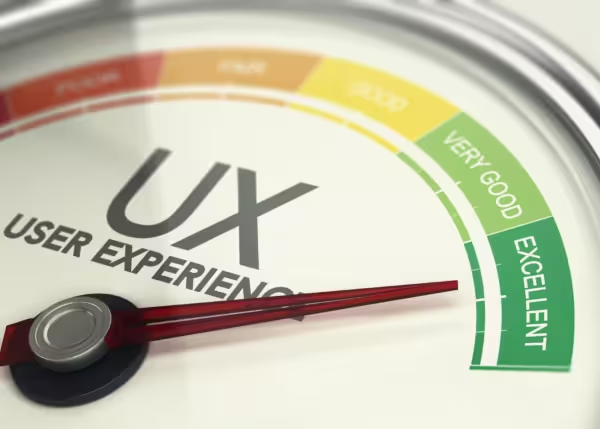
Investing in UX Design: A Smart Move for Your E-commerce Business
In today’s competitive online marketplace, user experience is no longer a luxury, it’s a necessity. By investing in UX design, you can create a website or app that:
- Converts Visitors into Customers: A user-friendly experience encourages users to complete purchases and drive sales for your business.
- Builds Brand Loyalty: Positive interactions foster trust and loyalty, making users more likely to return and recommend your brand to others.
- Improves Search Engine Ranking: Websites that prioritize user experience tend to rank higher in search results, leading to increased organic traffic.
- Reduces Customer Support Costs: A well-designed interface requires less support as users can navigate and complete tasks independently.
Conclusion: The User is King, and UX Design is the Key
In the realm of e-commerce, the user is king. By prioritizing user experience and creating a seamless journey from browsing to purchase, you can unlock the true potential of your online store. With the right UX design strategies in place, you can not only boost conversions and sales but also build strong customer relationships that ensure long-term success.
Ready to unlock the power of UX design for your e-commerce business?
Contact Impact Mindz Tech Solutions today! We offer a free consultation to discuss your specific needs and develop a customized UX design strategy that will take your online store to the next level.

